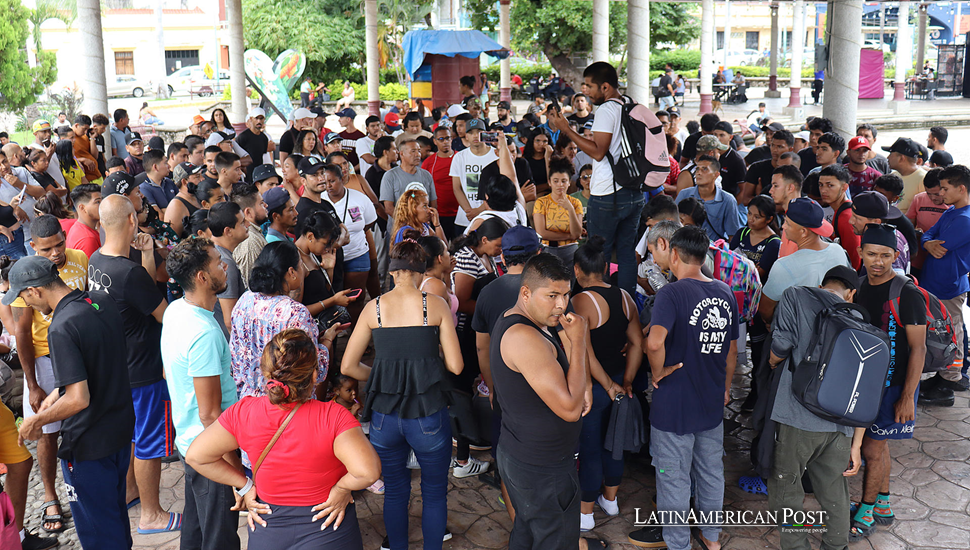Latin America Does Require Tougher U.S. Immigration Policies

Syracuse University’s TRAC research reports that four out of ten undocumented immigrants detained in the U.S. possess criminal records. These numbers highlight an urgent call for firmer immigration laws. Communities must be kept safe from these potential dangers. Safety is essential.
A Troubling Statistic from TRAC
A recent analysis by Syracuse University’s Transactional Records Access Clearinghouse (TRAC) sheds light on the complexities of undocumented immigration. According to the research, as of November 2024, 38,863 undocumented immigrants were detained by Immigration and Customs Enforcement (ICE). Of these, 40%—or 15,275 individuals—had some form of criminal history.
Six of 10 prisoners had no conviction history, and 40% had a history of some form of crime. Some merely ran infringements of traffic laws, others serious offenses. There is a simple truth in this divergence. These are scary numbers,” said Maria Lopez, an immigration policy researcher. Just about four out of 10 prisoners are criminals. Risk to public safety exists. That’s a huge concern.
ICE Data Reveals Growing Strain
The TRAC analysis also highlights the strain on ICE facilities, where the detained population increased by nearly 1,500 individuals in just one month. The most significant numbers of detainees are held in Texas, Louisiana, and California, with the Adams County Detention Center in Natchez, Mississippi, housing more than 2,000 individuals daily.
TRAC’s report emphasized that over half of the detainees are held in facilities located in these three states. The burden on detention centers and local law enforcement agencies intensifies as the population grows.
Critics of the system argue that private prison operators benefit from the influx of detainees, as many facilities are privately run. Defenders of the detention system believe communities face more dangers without suitable housing and watchful supervision. “Releasing a detainee with a criminal past is always risky,” stated James Rivera, who once worked as an ICE officer. He said it is crucial to have thorough checks before letting these people back into society.
Balancing Safety and Fairness
The TRAC data raises a vital question꞉: How do immigration policies show kindness to those escaping hardship while keeping the public safe? Advocates for stricter enforcement argue that a 40% crime rate among detainees is significant. “It’s not about immigrants,” Lopez said. “It’s our responsibility.” Acknowledging this fact puts communities in danger. Responsibility is key.
Supporters suggest implementing policies such as careful background checks, stricter border controls, and increased detention spaces to address the issue. Critics of alternatives to detention—such as electronic monitoring and check-ins—argue that these methods do not adequately protect public safety. “Community safety is not open to debate,” Rivera stated. “While well-meaning, these programs often overlook the criminal histories of participants.” Safety must come first.
A Call for Comprehensive Reform
The TRAC analysis is a warning about immigration reform that must be fair and comprehensive. We can’t ignore criminal migrants, most undocumented immigrants, which aren’t dangerous.
Also read : Tom Homan’s Hardline Approach and Immigration Effects in Latin America
There must be a compromise that fuses softness with toughness. The United States needs to seriously consider the results of TRAC to establish an immigration system based on community security and humanitarian standards. “Four in 10,” Lopez explained, citing TRAC data, “is a vast number, but enough to get somebody doing. ‘We must put safety first.





